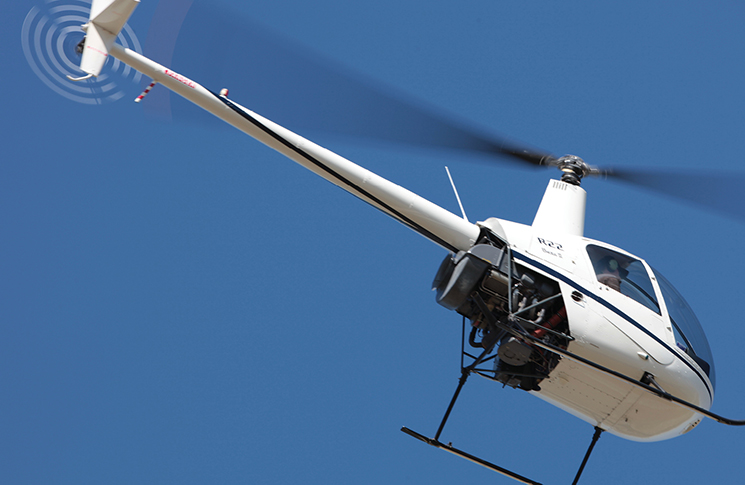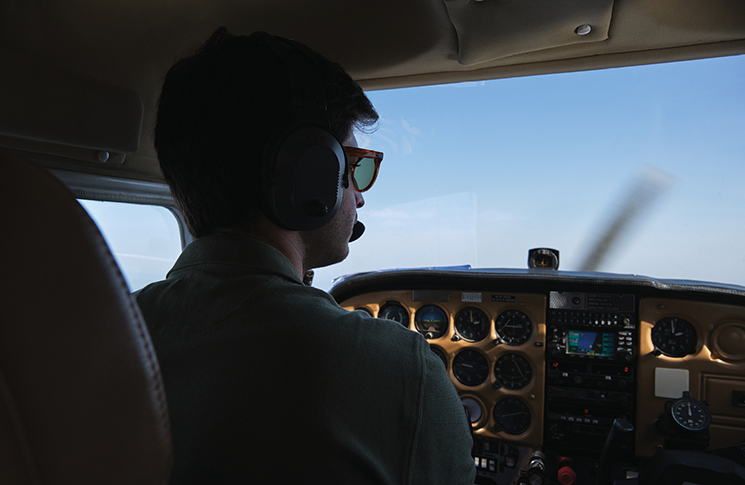The report into the crash of a historic aircraft in Switzerland in 2018 tells the story of an operator where safety standards drifted. It makes sobering reading
For the passengers it might have seemed like the best of all worlds: the glamour and style of pre-war aviation, flown by a modern operator in ideal weather. The first day of their two-day scenic tour in a World War II era Junkers Ju 52/3m passed without incident. But just before 5 pm local time on 4 August 2018, the historic airliner entered a high and bare glacial basin near Segnas Pass in the Swiss Alps, flying north-north-easterly. A natural window in the Tschingelhörner range, known as the Martinsloch, was visible from the left seats. We know this because a passenger took a digital video, a still from which was used posthumously in the accident report. Seconds later the aircraft began a left turn that very quickly developed into a spiral dive. There was not enough height to recover and it hit the ground almost vertically, instantly killing all 17 passengers and the three crew.
The Swiss Transportation Safety Investigation Board (STSB) issued its final report into the crash last week. It found the flight crew flew into a narrow valley at low altitude, at a dangerously low airspeed while the aircraft’s centre-of-gravity was beyond its aft limit. The low airspeed and altitude combined with mountain turbulence, ‘which was to be expected in such circumstances,’ the report says, and led ‘not only to a short-term stall with loss of control but also to an unrectifiable situation.’ The aircraft’s centre of gravity position beyond the rear limit facilitated the loss of control, it found. The flight crew had responded correctly to the stall, by lowering the elevators rather than applying opposite aileron, but there had been no time or space to recover.
In particular, the aircraft had descended through a downdraft in a 5-7 degree nose-high attitude, which made the descent hard to perceive without reference to instruments, and placed the wing at greater than the stalling angle of attack when the downdraft sheared into an updraft. About this point the aircraft’s nose-high attitude was about 11 degrees. In general, the report looked up and out, to discern the factors that might have led the crew to fly such a needlessly hazardous flight profile. It found the accident flight had been far from unique.
On several occasions during the previous day’s flight the crew had flown ‘so close to the mountain flanks that it constituted a risk and flew below the stipulated minimum flight altitude,’ the report found. About a month before the crash the crew had flown over Munich, in Germany, ‘at an altitude considerably below the minimum required level.’ Over the preceding four months one of the pilots had ‘operated in a very high-risk manner,’ on six flights. The other pilot had done so eight times. On four of these flights they flew together. About five years before the crash one of the pilots had been recorded clearing the Segnes Pass, near the crash site by just 30 m (100 feet).
The STSB report paints a disturbing picture of what safety investigators in English-speaking cultures often refer to as the normalisation of deviance. ‘This risky behaviour was ultimately the result of the pilots’ flight training coupled with their development in (the operator) Ju-Air’s operational culture, which led them to become accustomed to this kind of flying,’ the report found.
‘In particular, the air operator’s flight crews who were trained as Air Force pilots seemed to be accustomed to systematically failing to comply with generally recognised aviation rules and to taking high risks when flying Ju 52 aircraft,’ the report found.
Check flights had confirmed this tendency rather than correcting it, the report found.
On a check flight where one of the crash pilots ‘flew significantly below the safety altitudes as specified in the Aeronautical Information Publication (AIP) VFR guide,’ his check pilot had rated the pilot’s performance as ‘standard’ to ‘high standard’ and his choice of flight path as ‘appropriate’ and ‘sensible’.
The report found, ‘numerous incidents, including several serious incidents, were not reported to the competent bodies and authorities. This meant that they were unable to take measures to improve safety.’
The operator’s culture, if indeed it had ever been anchored, had drifted; slowly perhaps like a glacier, but the result was as brutal and swift as an avalanche.




